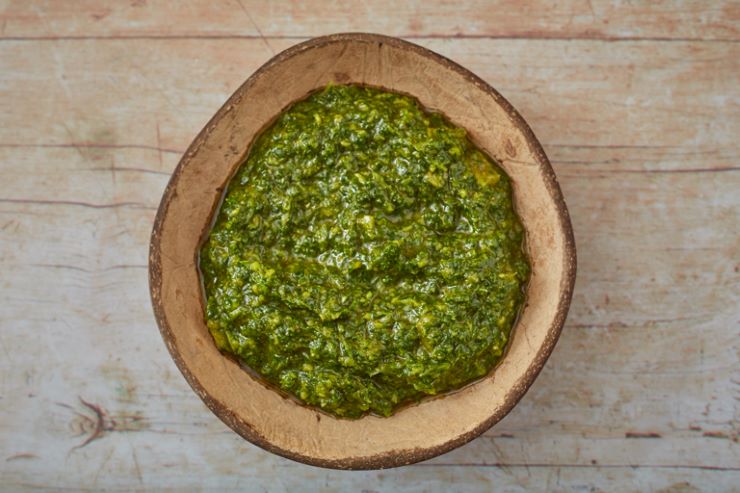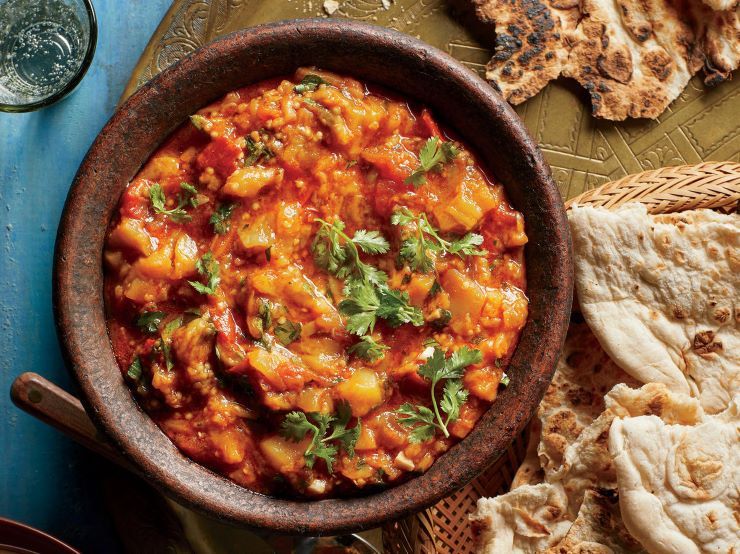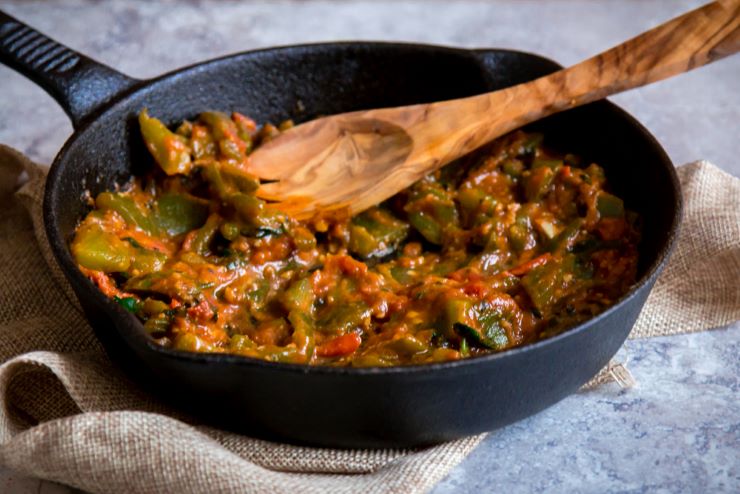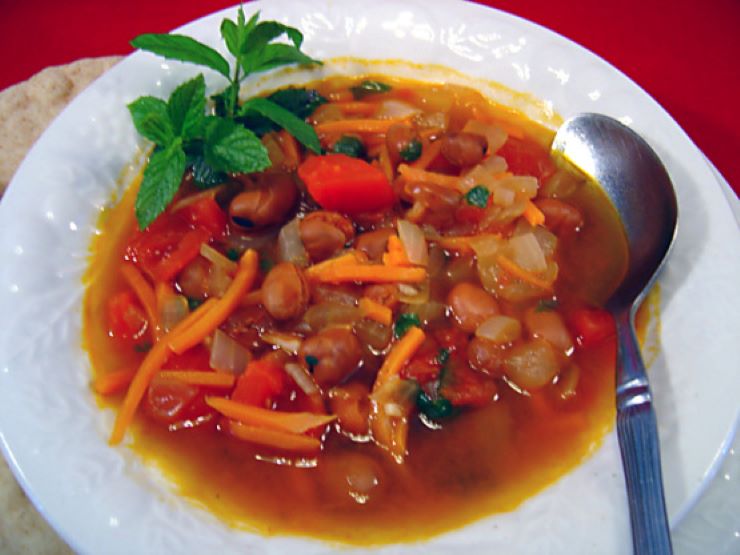There are many fully snack-worthy African dips in African cuisine, which are typically lighter than American dips made with mayonnaise.
A lot of things draw people to the continent of Africa. The continent’s numerous appealing qualities, including its welcoming temperature, vibrant and friendly population, and diverse natural treasures, among others, frequently attract tourists and vacationers.
Because of these elements, millions of people visit Africa each year, making it one of the top tourist destinations.
What her people consume is arguably the subject of the most compelling narrative. Diverse, flavorful, and decadent if you so want, African cuisine is a culinary delight.
You have a ton of options, but sampling the delectable food also allows you to enter the doors to the very cultural essence of the tribes and races that make up the continent.
Every area in Africa offers a delectable African dip that will exceed your minimum expectations, from the North African deserts to the lush greens of the West and the Sahel plains of the East.
Here are 10 delectable African dips worth tasting, without further ado.
- Bessara – Morocco
- Pilipili ya maembe – Kenya
- Hummus – Egypt
- Chermoula – Morocco
- Labneh – Egypt
- Zaalouk – Morocco
- Taktouka – Morocco
- Blatjang – South Africa
- Ful nabbed – Egypt
- Buticha – Ethiopia
1. Bessara – Morocco

One tasty African dips worth tasting when in Morocco is Bessara. It is a dip made with split peas or dried fava beans that have been puréed.
It can be made into a soup or a porridge, and the thicker varieties are frequently used as dips. The dish is frequently served with paprika and cumin on the side, and crusty Moroccan bread is almost required.
The puréed beans are typically seasoned with olive oil, lemon juice, and garlic. Bessara is typically served for breakfast and is particularly well-liked in the winter.
2. Pilipili ya maembe – Kenya

Mango is the main component in the nutritious Kenyan chutney known as pilipili ya maembe.
The chutney is created using ginger, onions, garlic, tomatoes, carrots, coriander, hot peppers, vinegar, and oil in addition to peeled and sliced mango.
The chutney is made by blending all of the ingredients together until it becomes thin and smooth.
The customary accompaniments to Pilipili ya maembe include a range of chicken and rice meals or snacks like bajias.
Related post: Top 10 Mouth-watering African Stew
3. Hummus – Egypt

If you’ve not tried out any African dips before, Hummus should be the first to try out. Traditional ingredients for this widely consumed, beige-colored spread include mashed chickpeas, tahini sesame paste, lemon juice, and garlic.
Hummus is adored by people all over the world for its sour flavor and nutritional value.
It is often served with a sprinkle of olive oil and used as a delicious filler for flatbreads like pita or as a dip for vegetables.
Even today, little is known about the origins of hummus, despite the fact that it was first mentioned in Egypt in the 13th century.
4. Chermoula – Morocco

Also top on our list of African dips is Chermoula, a quite popular dip in Morocco. The ingredients in chermoula, includes coriander, parsley, garlic, cumin, paprika, chili peppers, and salt.
The end result is a paste with a gritty texture that is typically served with seafood or fish meals. Chermoula can be used on meat and vegetables, as a dipping sauce, or as a salad dressing in addition to being primarily used to flavor fish.
5. Labneh – Egypt

The fundamental characteristics of labneh, a typical Middle Eastern strained yogurt made with yogurt and salt, are its creamy texture and mild flavor.
It is made without following any rigorous procedures; plain, full-fat yogurt is combined with salt and allowed to filter for 12 to 24 hours.
The yogurt whey separates during the straining process, leaving behind a thick and solid cheese-like product. Its flavor is often rather moderate and only a little bit salty, and its texture can range from creamy to dense.
While strained yogurt versions can be found in a wide range of different nations and areas, including Greece, Turkey, Cyprus, Central Asia, the United States, Mexico, and the United Kingdom, they go by the term labneh.
6. Zaalouk – Morocco

Moroccan salad known as zaalouk is traditionally prepared by cooking eggplant, tomatoes, garlic, and seasonings such cumin, paprika, coriander, and parsley.
Zaalouk can be eaten on its alone, but it’s also frequently served with crusty bread as a side dish, a spread for sandwiches, or a dip.
7. Taktouka – Morocco

Taktouka is a tasty and wholesome Moroccan salad made from puréed cooked tomatoes and green peppers.
The salad can also be used as a dip when eaten with crusty bread, which is utilized for scooping up the salad.
It is frequently served as a side dish to grilled meat and fish meals. Taktouka should be topped with freshly chopped parsley or coriander and a drizzle of extra virgin olive oil.
8. Blatjang – South Africa

South African chutney known as blatjang is frequently served as a side dish with grilled meat.
Fruits, sugar, vinegar, and a number of spices are used to make the thick chutney. In the past, dried apricots, raisins, walnuts, ginger, allspice, garlic, and dry onions have all been added.
Blatjang is put into jars and allowed to cool after the ingredients have simmered for some time.
9. Ful nabed – Egypt

Ful nabed is a popular meal eaten in Egypt. White wide beans (fava beans), onions, olive oil, lemon juice, sugar, and salt is typically used in its preparation. The onions are sauteed until soft and light golden, and then they are combined with water and beans.
Over low heat, the mixture is cooked until it is incredibly soft and crumbles easily. Before serving, the beans are blended into a paste and seasoned with salt, sugar, and lemon juice.
When served, ful nabed is frequently prepared with a mixture of olive oil, lemon juice, minced dill or parsley, and frequently red paprika or cayenne pepper for color.
10. Buticha – Ethiopia

The last on our list of African dips is Buticha. Buticha is a tasty Ethiopian spread or dip that is made with chickpea or fava bean flour together with olive oil, water, onions, mustard, lemon juice, and spicy pepper flakes.
The components are all combined together in a blender until the mixture has a smooth texture. The preparation procedure is very easy.
After cooling, it can be served as a side dish with main courses or with injera flatbreads.

